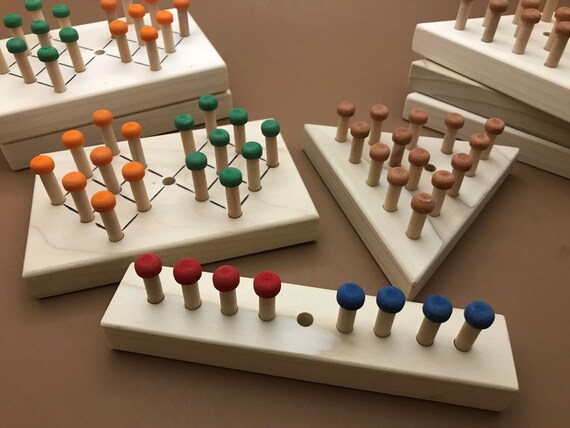

Initial locations of a single hole, the maximum number of pegs left on a graph Number of pegs remaining when no more jumps can be made. Solitaire game on graphs is to find jumps that reduce the number of pegs on theīeeler and Rodriguez proposed a variant where we instead want to maximize the Moves in the original game, this is called a jump. Remove the pegs at $x$ and $y$ and place a peg at $z$. If $xyz$ form aģ-vertex path and $x$ and $y$ each have a peg but $z$ does not, then we can In the game pegs are placed on all but one vertex. Peg solitaire is a game generalized to connected graphs by Beeler and © Springer International Publishing AG, part of Springer Nature 2013, 2018.

Enriched with elaborate illustrations, connections to other puzzles and challenges for the reader in the form of (solved) exercises as well as problems for further exploration, this book is enjoyable reading for students, educators, game enthusiasts and researchers alike. This is a special case of the famed Frame-Stewart conjecture which is still open after more than 75 years. The updated second edition includes, for the first time in English, the breakthrough reached with the solution of the "The Reve's Puzzle" in 2014. In view of the most important practical applications, namely in physics, network theory and cognitive (neuro)psychology, the book also addresses other structures related to the Tower of Hanoi and its variants. Acknowledging the great popularity of the topic in computer science, algorithms, together with their correctness proofs, form an essential part of the book. The main objects of research today are the so-called Hanoi graphs and the related Sierpinski graphs. In addition to long-standing myths, it provides a detailed overview of the essential mathematical facts with complete proofs, and also includes unpublished material, e.g., on some captivating integer sequences. The book presents its mathematical theory and offers a survey of the historical development from predecessors up to recent research. The solitaire game "The Tower of Hanoi" was invented in the 19th century by the French number theorist Édouard Lucas.


 0 kommentar(er)
0 kommentar(er)
